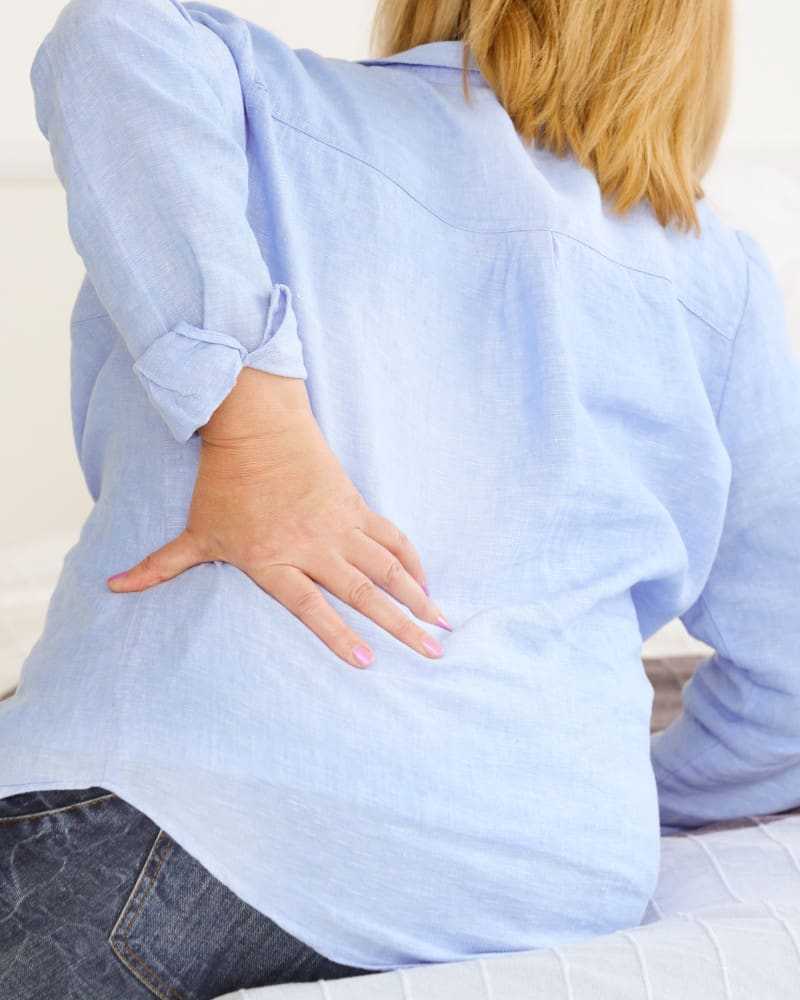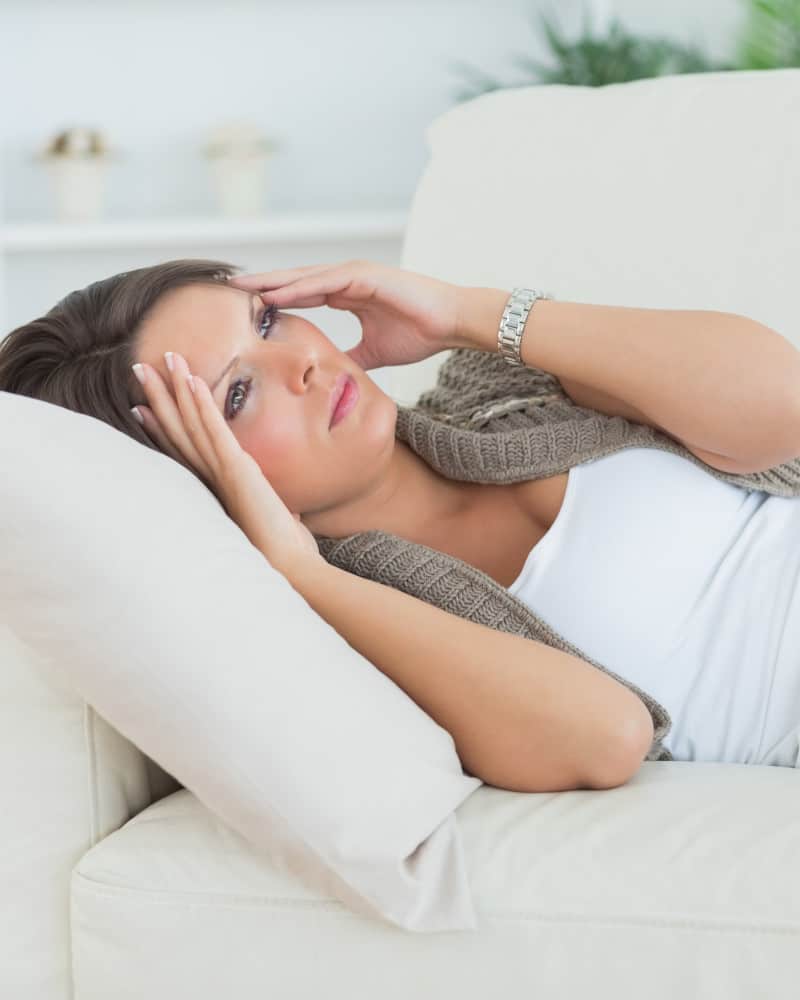Reflexology
Increase Your Energy
The first important benefit of reflexology is that it can help restore your energy and help you sleep better at the same time. When you use the right pressure points, it can actually help to increase your metabolism, which is crucial for having more energy during the day. When you are more active, that can also help with your mood and anxiety as well.
Reflexology is also an excellent way to improve your nerve function. Your nerves become less sensitive as you get older, so you might need a good way to stimulate the nerve endings in order to help with better mobility and flexibility. If you go to a practitioner for reflexology, let them know what parts of your body you want to work on.


Increase Your Energy


The first important benefit of reflexology is that it can help restore your energy and help you sleep better at the same time. When you use the right pressure points, it can actually help to increase your metabolism, which is crucial for having more energy during the day. When you are more active, that can also help with your mood and anxiety as well.
Reflexology is also an excellent way to improve your nerve function. Your nerves become less sensitive as you get older, so you might need a good way to stimulate the nerve endings in order to help with better mobility and flexibility. If you go to a practitioner for reflexology, let them know what parts of your body you want to work on.
Pain Relief
A big reason people get reflexology is because they have pain or discomfort. This combined with massage should not be the only pain remedy you turn to, but it does help through things like better stimulation and reducing discomfort in other areas of your body.
Some additional benefits of this practice include better immunity, lowered stress levels, reduced blood pressure, and internal organ stimulation.
Learning about the health benefits of reflexology is rewarding. As a summary, here are some different reasons to do or get reflexology:
- Reduced pain and discomfort
- Relief from stress
- Increased energy
- Reduced tension
- Better mood
As you can see, there are many physical and mental benefits of reflexology. .


“I have chosen to be happy because it is good for my health.”
~Voltaire
Services
Once you become familiar with what reflexology is and how it can benefit you, it is time to give it a try.
Scalp Acupressure
Reflexology Lymphatic Drainage
Reflexology Treatments
Thai Reflexology
Buddha Treatment
Benefits of Reflexology
Foot Reflexology
The foot not only has a lot of sensitivity, and therefore is ideal for getting a massage, but there are also a lot of important pressure points. These pressure points are for other areas of your body, so by applying pressure to certain parts of the foot, you get a foot massage while also helping with pain or discomfort in another part of your body.
Reasons to Get Foot Reflexology
Many of the benefits of foot reflexology are the same as when it is done on the ears or the palm of the hand. However, one additional benefit you should remember is that you are also getting a foot massage. The foot has a lot of sensitive nerve endings, so by getting a massage in your foot, you are really helping to relieve stress and tension, relax, and of course have a pleasurable experience.
Some other benefits of foot reflexology include cleaning toxins from your body, helping with your energy levels, improving circulation, and giving your immune system a nice boost.
Palm Reflexology
This is one of the more popular forms of reflexology, second only to foot reflexology. The palms and undersides of your fingers have certain pressure points that will help to relax and relieve pain and tension to other parts of the body. With palm reflexology, you are applying mild pressure to these areas in order to release pain and promote health.
While this is an optional step, it can be really useful to use essential oils with reflexology. Many forms of massage and acupuncture will use essential oils, and reflexology is definitely no exception. Take a look at how to use essential oils and find the best ones for this practice.
Top Oils For Reflexology
Oregano Oil – Oregano oil is often recommended when you are getting reflexology for stress, anxiety, or for sleeping problems. It is excellent for helping to release melatonin, which is going to give you better sleep naturally.
Peppermint Oil – Peppermint oil is one of the top essential oils because of all the different benefits it has. With reflexology, it is often used in people who are having digestive problems. It can help with regular indigestion, acid reflux, nausea, and constipation. It is also good for people who suffer from conditions like irritable bowel syndrome.
Lavender and Chamomile Oil – Both lavender and chamomile oil are great for relaxing your body, helping you to sleep better, erasing anxiety and stress, and improving your hormonal imbalances. If you are doing gentle reflexology before bad or after a stressful day, both of these oils are good options.
Regular Oils – These are not essential oils, but regular oils you might have in your kitchen. Some good ones often used in reflexology include olive oil, coconut oil, and avocado oil.
How Long to do Reflexology
First of all, the sessions of reflexology can vary quite a bit. If you are getting them done by an experienced practitioner, they can be anywhere from 30 minutes to an hour. An hour is usually about average for this type of treatment, similar to other types of massage or even acupuncture. The more help you need with your ailments, the longer the session is going to be.
The Recommended Frequency
As far as how often to do or get reflexology, this depend son a lot of factors. It might depend on how beneficial it is after the first session, or the severity of your ailments. For something like chronic pain, you might need to go 2-3 times a week until you start experiencing relief. Some people will only do reflexology when they have had a bad day, need a massage, or when their stress level is a little high. In these instances, you may only need the treatments once a week or so.
Let your body tell you how often you need to get reflexology.
